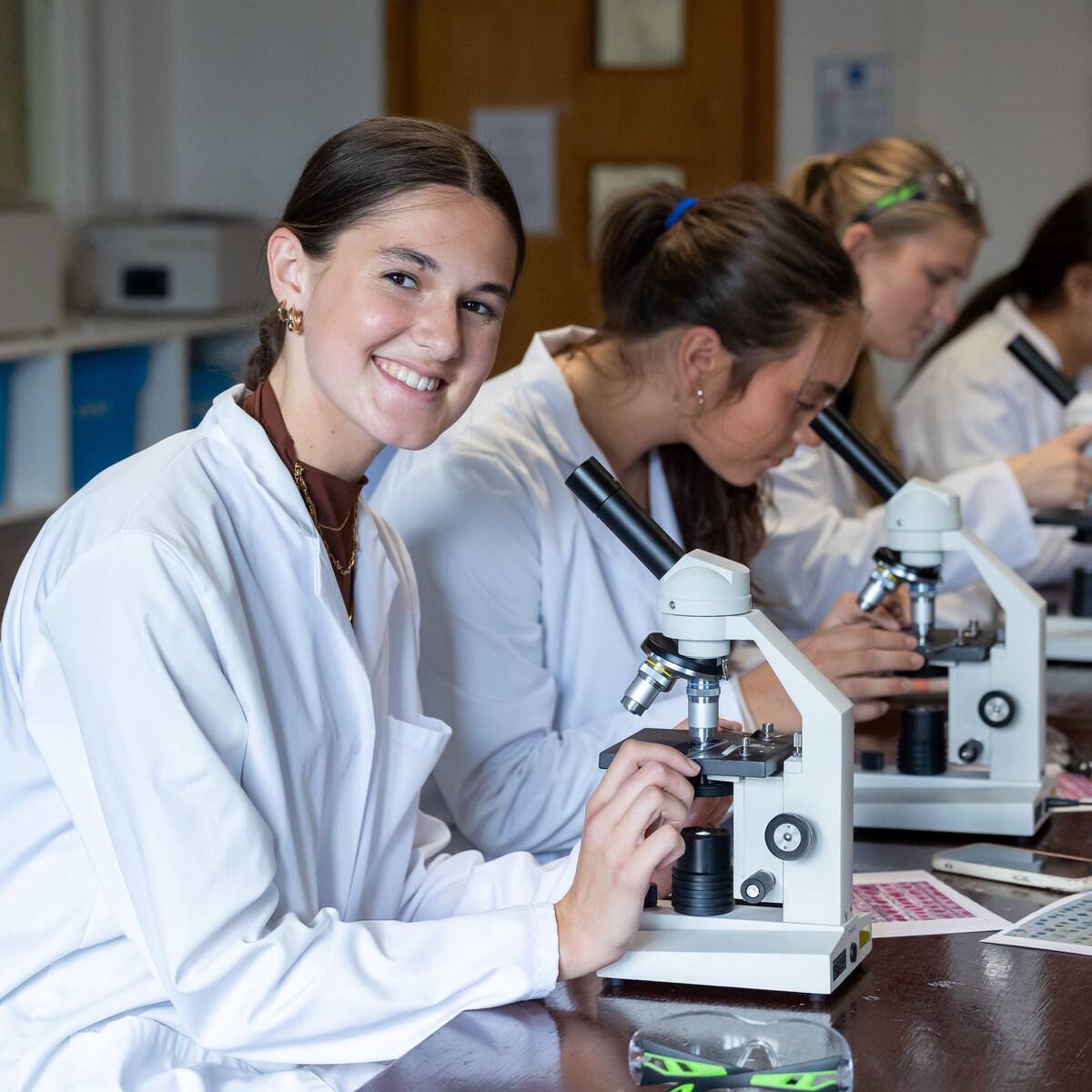Brand New Darkroom Space Opened for Students at RHS
Senior School
“ “The person who cannot interpret a photograph will be the illiterate of the future””Walter Benjamin.
Well, Walter, here in the Art School we are doing our bit to aid future literacy… Our new darkroom aims to do just that!
Those in the know, will be aware that we already had a darkroom in the school – but I wonder how many people walked past it on a weekly basis and never knew it was there? It had been housed in a converted changing room toilet at the bottom of the stairs to DT. Built from an initial investment many years ago, and sustained by various kind donations of equipment it had been a private refuge for a few interested photography club members for 25 years… Though few of us have been here long enough to remember that far back, however, as we dismantled the old room, we did find a love letter to the Darkroom from 2006, hidden behind a cupboard. Testament to the solace found through creativity.
Over the last few years, the Darkroom has seen increased use with more lunchtime clubs and the AS Photography course using it. This has led to a need for it to be expanded and to receive some serious investment. The opportunity arose to site the Darkroom in the Art School, Studio 2 was chosen, and plans were drawn and redrawn to ensure the space was the very best it could be.
What an addition to the Art School it now is! Offering even more fantastic creative opportunities to artists and photographers alike… We have 7 stations inside, each equipped with an enlarger and a complete kit at each station meaning that there is no longer any need to share equipment. New enlargers have been bought to complement those we already have, meaning, not only will students be able to be more productive when making their photographs, but they will have better quality equipment to do it on.
The new space also offers us a chance for revival; space to store more materials for consumption and to try out different methods of producing an image, depending on what we want that image to be or do. We are now able to experiment with cyanotypes (an early form of photography invented by Bath Resident Sir John Herschel in the 19th Century and pioneered by the botanist Anna Atkins -who is widely regarded as the first female photographer – if you’ve ever looked at a blueprint for a house you’ll have looked at a cyanotype) this is something that we will be doing with GCSE students in Art as it links and extends their Natural Forms projects in year 10 beautifully. With new equipment and new space we’ll also be able to push forward with developing better pinhole cameras - playing around with techniques that local boy, William Fox-Talbot used at Lacock Abbey to create some of the earliest photographs in Britain - as well as trying ideas like solargraphy (which relates to pinhole photography), we’ll continue making beautiful lumen prints, and revisit ideas from the early days of photography – seeing what we can use to create an emulsion that will print a photograph; salt, silver, plants, dyes.
All of these techniques help us to expand our creativity as a department more broadly, in Fine Art there is nothing that cannot be used to create art and impart meaning, the more we have at our fingertips the more exciting our responses to the world around us can be. Art and Photography (like all arts subjects) help us to understand the situations we find ourselves in in the world and to communicate them to others, and perhaps this has never been a better time to invest in the arts, in revival and communication with others – whether we think of our recovery from the pandemic, or our ability to address gender, race and disability as inequalities that unfortunately still exist.

